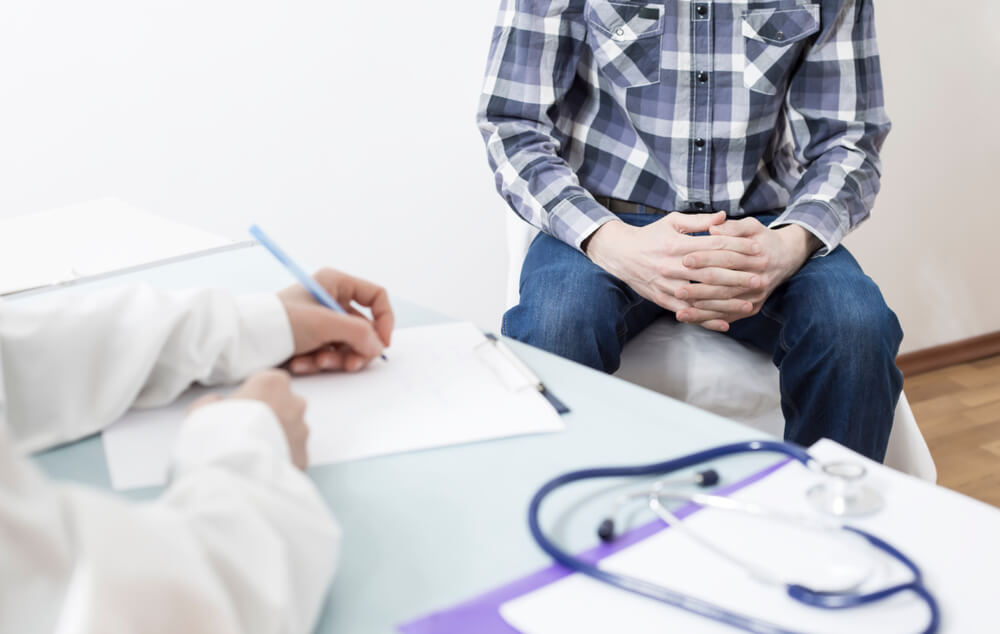Sex can be one of the most thrilling experiences in your life, but many are unaware or ignorant of the dangers any intimate connection to another person may pose.
One of the significant preventative measures you can take is turning to STD testing in Miami. But, who should get an STD test, and how often? This article goes through the most critical facts about doing an std test, how long it takes, how often you should get it, and more.
Read on for the in-depth details.
Who Should Get an STD Test?
Every sexually active individual should get tested once per year, minimum. If you have multiple partners, you don’t always use protective measures such as a condom or share IV (intravenous) needles; it’s best to see a professional every three months.
The good news is that treatable STDs are common if they are caught early on. For instance, the following four diseases are currently curable: gonorrhea, trichomoniasis, syphilis, and chlamydia. On the flip side, herpes simplex virus (herpes or HSV), hepatitis B, the human papillomavirus (HPV), and HIV are incurable.
Which Diseases Can an STD Test Show?

As mentioned just now, there are a number of sexually transmitted diseases that you’re professional healthcare specialist will uncover for you with a simple Pap smear. The Pap smear is a quick test doctors use to check for changes on the cervix that may indicate signs of cervical cancer.
Typically, these changes happen due to an infection with HPV, the most common STD in the United States. Believe it or not, the Human Papillomavirus or HPV affects almost every sexually active individual at some point in life.
At a reliable STD clinic, you can also get yourself checked up for the following diseases:
- Hepatitis
- Herpes
- Pelvic inflammatory disease (PID)
- Bacterial vaginosis
- Trichomoniasis
When it comes to syphilis and gonorrhea, you’ll need a blood test. Interestingly, when it comes to gonorrhea, only around 20% of women get symptoms (which include unusual discharge from the genitals or a painful sensation when urinating). Luckily, syphilis and gonorrhea are easily treatable with antibiotics if your doctor uncovers them in their earliest stages.
So for this specific reason, you must do an STD test even if you’re not experiencing any symptoms. Otherwise, you risk spreading the illness to your partner or making the condition even more severe.
How Often Should You Get Tested for STDs?
As we’ve hinted before, you should get tested for sexually transmitted diseases at least once per year. However, if you have more than one partner or are not practicing safe sex, you’ll want to go to a healthcare professional more often.
When it comes to HIV, professionals recommend that every person ages 13 and 64 get a test at least once. But, how often should you get tested for STDs if you’re exposed to risk factors?
If you’re exposed to factors like having sexual intercourse with someone with a suspicious sexual history, having unprotected anal sex, etc., you should get an HIV test once per year.
That being said, you can contract or transmit HIV in various other scenarios, including sharing syringes, needles, or other equipment for drug injection.
So, how often should you get tested for STDs? Often. Make sure to visit a reliable healthcare professional at least once per year or more.
How Long Does an STD Test Take?
Typically, the results of an STD test arrive within three days (but some may take longer). Now, this timeframe will mainly depend on the type of test you took. For example, you can find an STD clinic that will give you results for an HIV test in around 20 minutes.
Remember, if you do not hear back from your healthcare professional right away, do not assume something is wrong. Make sure to stay calm and keep in mind that everything has a solution.
So, how long does an STD test take? Well, the process itself is done in no time. However, you’ll need to be patient with the results.
What Does an STD Test Look Like?
Getting an STD test can seem intimidating, but it does not have to be that way. Overall, STD testing is typically pain-free, quick, and straightforward. One important thing to remember is that each STD has a specific test. So, there’s no “one size fits all” out there. Here are some of the most common tests:
- Cheek swabs ( typically for HIV)
- Urine tests
- Blood tests (a professional at an STD clinic will prick your finger or take blood from the arm)
- Physical exams (the professional will check your genitals for irritations, rashes, sores, warts, or unusual discharge)
- Taking swabs or cell samples from the throat, anus, urethra, cervix, vagina, or penis
- Testing sores or blisters with a swab
As you can see, the answer to the question “how long does an STD test take” will depend on the types of tests you do and the suspected STD. So, please be patient with the results.
Should I Do a Test if I Want to Get Pregnant?
Women who are planning to become pregnant or are already with a child need to get tested for diseases such as HIV, syphilis, and hepatitis B as soon as they have the chance. Professionals may also test pregnant or soon-to-be pregnant women for gonorrhea or chlamydia if they have not already.
Overall, if you’re engaging in risky activities such as having unprotected sex or changing partners/having multiple partners before or during pregnancy, you’ll want to get tested frequently. Besides keeping your health in check, one of the main reasons to do this is to ensure you don’t pass on infections to your newborn child.
What To Do If You Have an STD

Some people may find out they have treatable STDs, while others are shocked by the news of being positive with incurable illnesses like HIV. Whatever your case may be, finding out you have a sexually-transmitted disease is scary and heartbreaking. You may feel upset, ashamed, or even furious. But, remember, there are many people like you, and you’re not alone.
When you receive a positive STD test, the best thing to do is listen to your doctor’s advice and directions. In addition, it’s best to have a conversation with your partner so they receive the appropriate treatment if they are positive too.
As mentioned before, many treatable STDs can go away with proper antibiotic treatment. Even incurable diseases such as herpes and HPV are simple to live with if you know how to treat the symptoms and prevent the illness from transferring to another person.
Book Your Appointment Today
You may be frightened, worried, anxious, or all of the above. Luckily, in the right hands, it doesn’t have to be this way. If you want to do something good for your health and prevent sexually-transmitted diseases, make sure to book an appointment today.
Also, remember to practice safe sex at all times.


